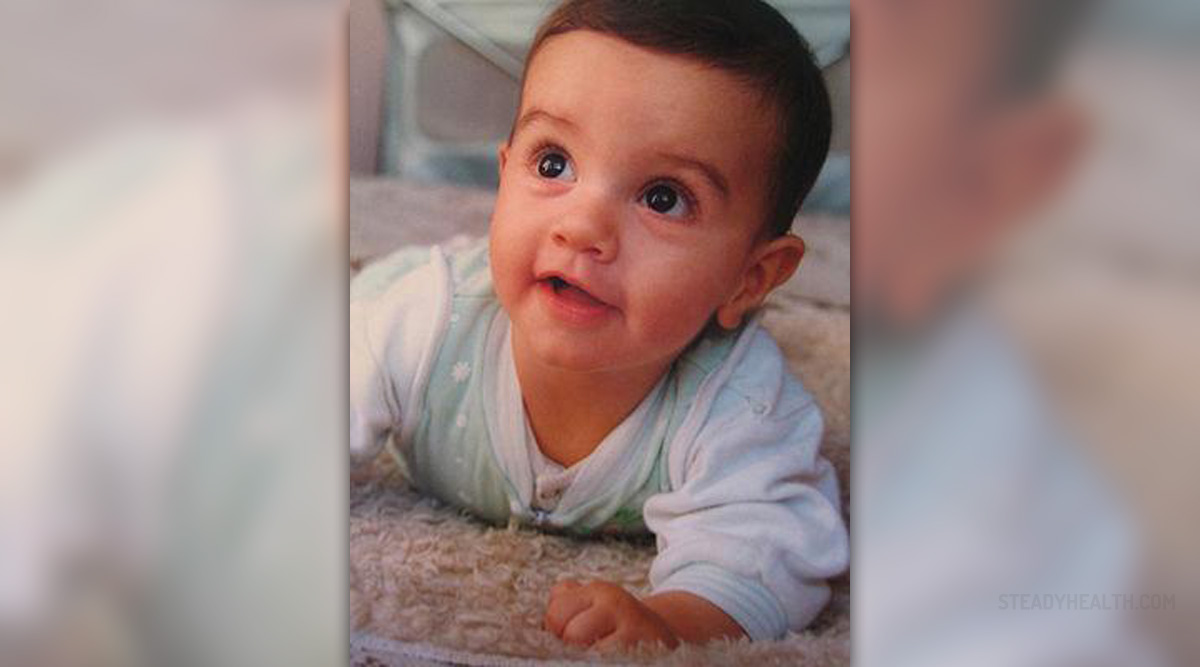
Overview of Sudden Infant Death Syndrome (SIDS)
Sudden infant death syndrome is one of the leading causes of death among young infants and it’s characterized by unexplained death circumstances. Infants who do not suffer from any underlying illnesses fall prey to SIDS during sleep. It is estimated that around 2500 infants die annually in the US as a result of SIDS. When infants dies unexpectedly without any apparent reason, and all possible causes of death are ruled out the it is postulated that the baby has died from SIDS. Despite numerous research studies and clinical trials, the root cause of SIDS is still unclear although there are elements that are found to be correlated with the syndrome. For instance, many experts claim that SIDS may be linked to anomalies in an infant’s brain which is responsible for breathing control and arousal from sleep. Further, it is highly recommended that babies are placed on their backs to sleep as sleeping on the stomach is the primary risk factor for SIDS.
Physical Factors Associated With SIDS
Aside from the anomalies in the brain, babies who have low birth weight are more prone to the syndrome than infants of normal birth weight. Any kind of respiratory conditions that the baby may have suffered put her at risk. In addition, the babies should sleep in their cribs, not in the parents’ bed, but the crib should be in the same room so the parents wake up easily when the baby is aroused. In addition, the crib should be free of any stuffed toys, extra pillows and bedding sheets. It is also very important that the child sleep on his or her back until old enough to find a naturally comfortable position. The mattress should be firm, and the parents have to be careful not to cause their infant to overheat. Further, statistical data seems to claim that girls are less likely to die from SIDS than boys, while infants who are less than three months old are at the highest risk. African and Native American babies are more prone to SIDS than their Caucasian counterparts. If SIDS runs in the family every child has more chance to die from SIDS compared to the general population. Mother’s behavior also puts the infant at risk. Smoking during and after pregnancy, alcohol and drug abuse, being a teenage mother and not implementing adequate prenatal care are all elements correlated to SIDS. There are numerous types of support groups available to the parents who lose their child to the syndrome. Having a strong support system is also highly beneficial and helpful.
Sleep Environmental Factors
In instances during which the baby is laying awake in the crib it is not necessary to force him or her to lie on the back, but it is very important that the baby is not positioned to sleep on the stomach as to avoid breathing difficulties associated with SIDS. Placing the infant on the side is not recommended for they can easily role over. Also, the sheets in the crib need to be selected carefully. All fluffy objects should be removed to prevent breathing obstruction. In addition, the baby’s body temperature needs to be at normal levels as overheating due to excess clothing or bedding increases the risk of SIDS. It has also been postulated that infants who sleep with pacifiers are less likely to be affected by the syndrome so making sure there is always a pacifier available is very important.
Effective Strategy for Preventing SIDS
Aside from the already mentioned recommendation for reducing the risk of SIDS, there are other factors somewhat associated with the condition. It should be noted that the precautionary measures that contribute to the lowering of the instances of SIDS do not operate alone, but rather need to be combined in order to be effective. New parents whose baby might be at risk for sudden infant death should consult with the primary health care provider about the optimal sleeping position as well as any other steps that can be taken to make sure the baby is safe. As previously mentioned, infants should sleep with pacifiers in order to reduce the potential for SIDS, but if the child is being breastfed it is recommended that the introduction of a pacifier be delayed until the baby has reached one month of age. Ensuring the pacifiers are clean and replaced regularly is something to always keep in mind. In addition, there are many products on the market claiming to be reducing the risk of SIDS, but it is generally advised that parents stay away as there have not been enough clinical trials proving the safety of such devices. Electronic monitors which are used to hear the baby when he or she is alone in the room have not been proven to provide protection from SIDS.


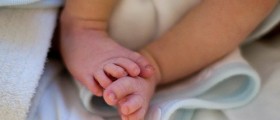
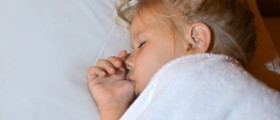
_f_280x120.jpg)



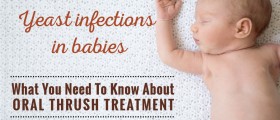

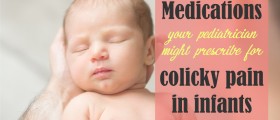
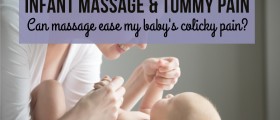

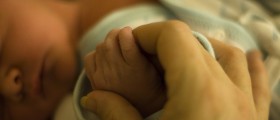
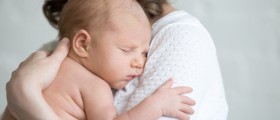


Your thoughts on this
Loading...